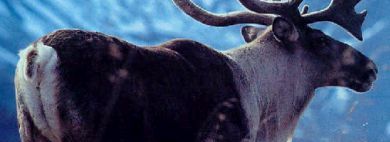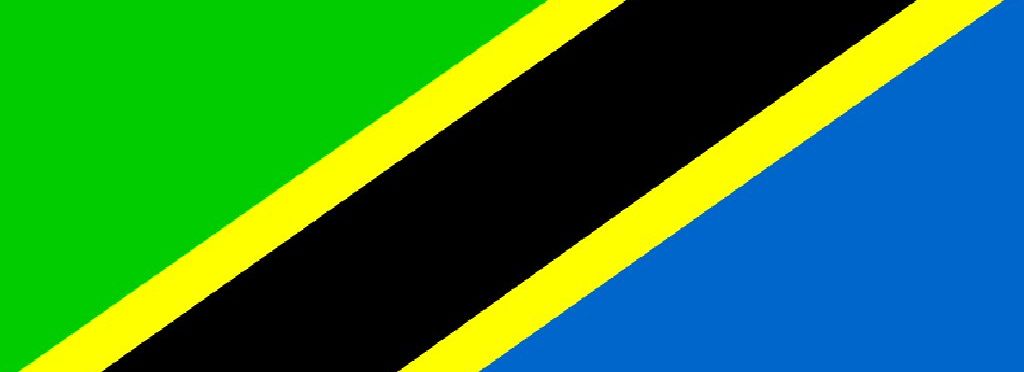There will be many interesting things at an introductory meeting about the Icelandic Ocean Cluster which will take place on Thursday 17 November at 15-16: 30 (more here). There will be a discussion on value creation in biotechnology, but Hörður G. Kristinsson, Matís 'research director and Matís' director of biotechnology and biochemistry, will be on the panel.
The meeting will present opportunities that include hundreds of small and large companies in the ocean cluster and how it is possible to increase collaboration and make the most of the opportunities.
Agenda
- Birna Einarsdóttir, CEO of Íslandsbanki and Sigsteinn Grétarsson, Deputy CEO of Marels, open the meeting.
- Þór Sigfússon from the Icelandic Ocean Cluster presents the scope and goals of the cluster.
- Sveinn Kjartansson, chef, shows how the Icelandic sea cluster appears in Icelandic cod.
- Guðmundur Kristjánsson, CEO of Brims, discusses the Icelandic ocean cluster from the point of view of a shipowner and how the entire cluster can be strengthened.
- Árni Oddur Þórðarson, Chairman of the Board of Marels, delivers an address and encouragement.
Nine individuals will also be introduced who are part of the ocean cluster in Iceland and work on such diverse projects as scuba diving on the seabed, exports of grated haddock, international financial services in the fisheries sector, redness as a medical product, biotechnology that can create great value, technology that improves ship equipment and much more.
Following the meeting, TM will host a corporate conference in the lobby of Marels' headquarters.
The ocean cluster
More information at www.sjavarklasinn.is/








